How much does it cost to start a fish farm in Zimbabwe?
Dreaming of fish farming in Zimbabwe but worried about the startup costs? Uncertainty can stall your plans. Let's break down the investment needed to get started.
Starting a fish farm in Zimbabwe involves various costs. Key expenses include land, pond construction or tanks, fingerlings, feed, and permits. Expect initial costs ranging from a few thousand to tens of thousands USD, depending on scale.
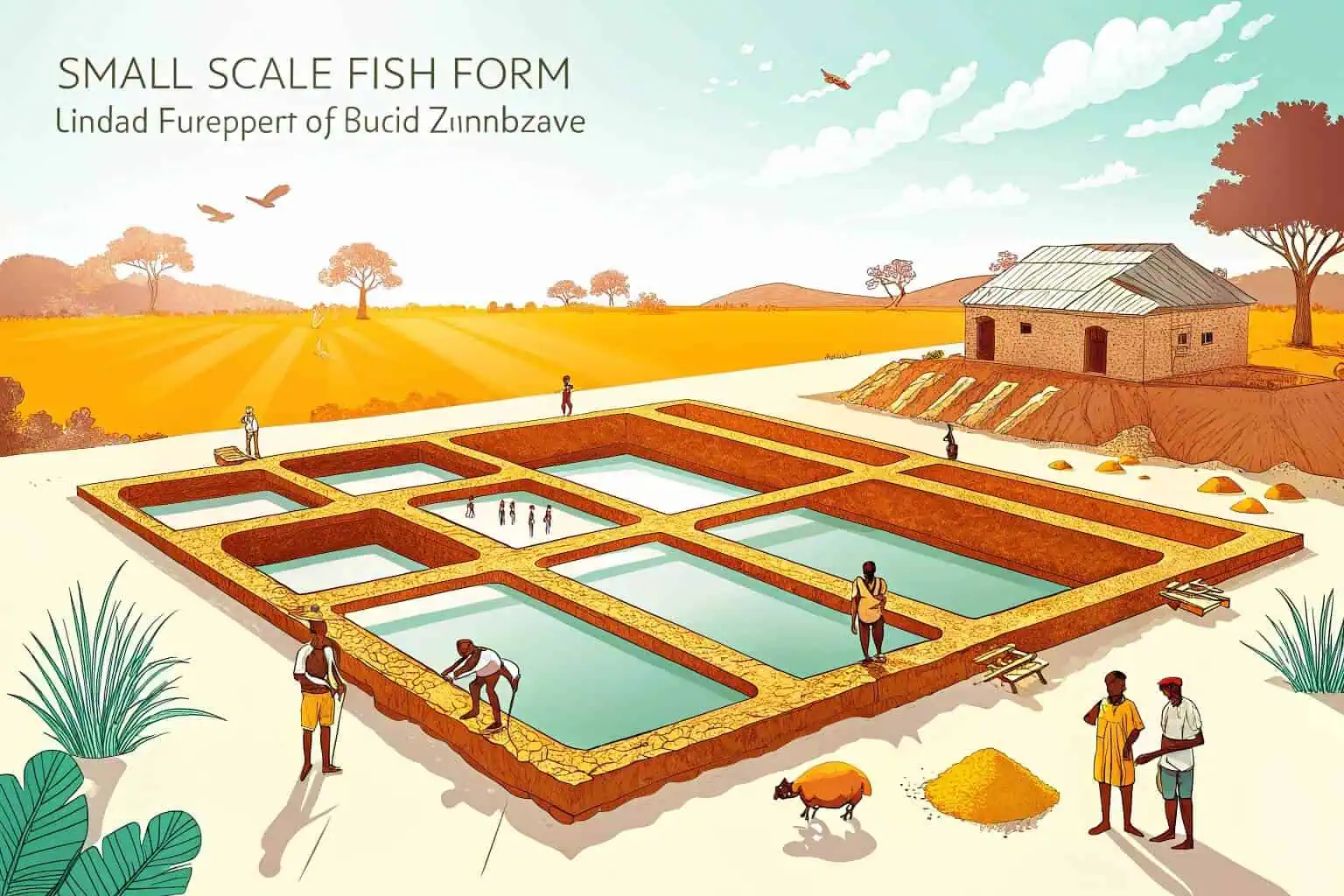
Understanding the total cost is just the beginning. Let's dive deeper into the specific financial requirements, the best fish choices, pond sizing, and profitability to give you a clearer picture.
How much is needed to start fish farming in Zimbabwe?
Pinpointing the exact startup capital feels overwhelming, doesn't it? Fear of missing hidden costs can be paralyzing. Let's itemize the essential expenses for your budget.
Key costs include land acquisition/lease, pond excavation or tank purchase (like our Bancy collapsible tanks), quality fingerlings, consistent feed supply, water pumps, nets, licenses, and initial labor. Small-scale might start around $2,000-$5,000 USD, larger operations significantly more.
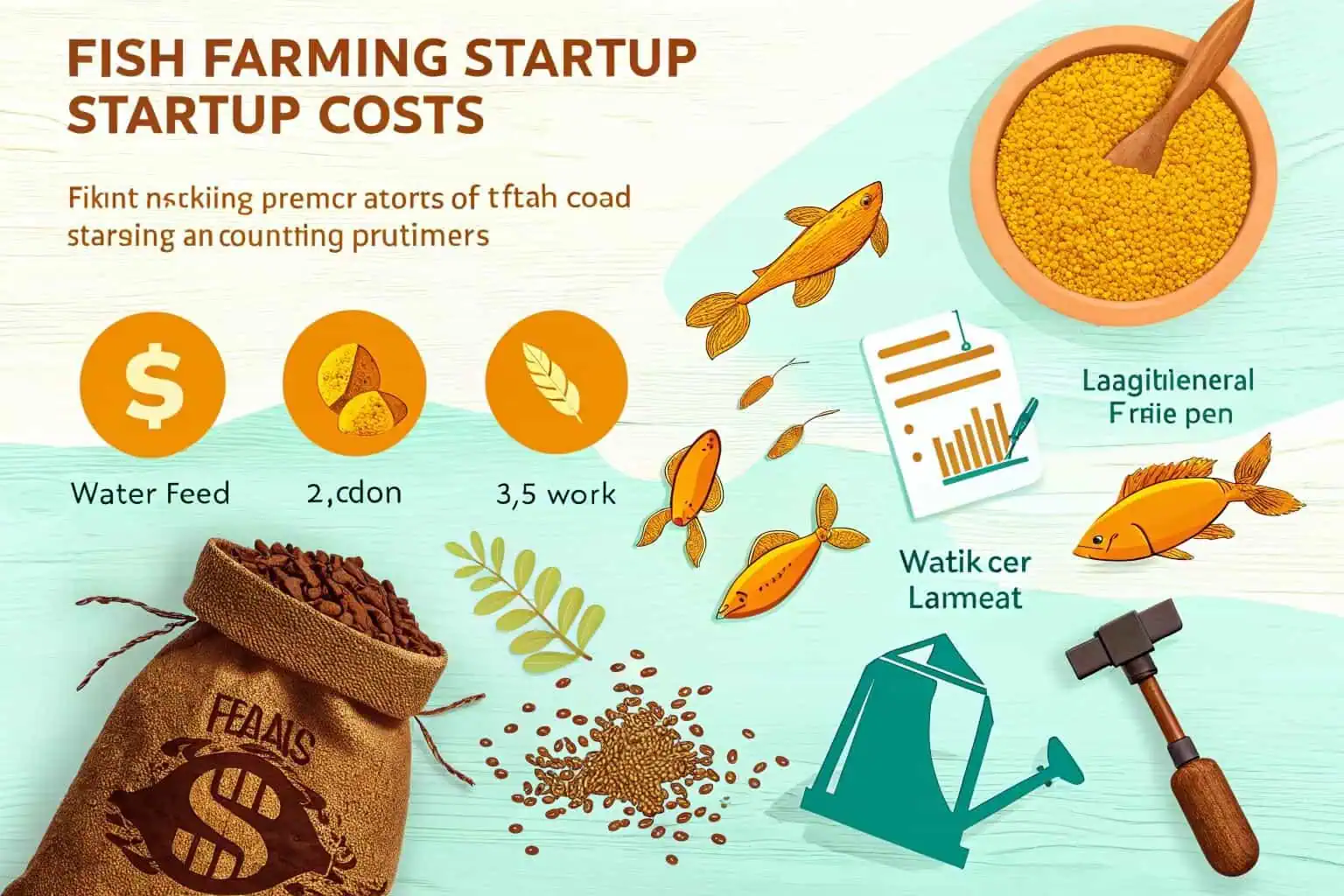
Starting your fish farm involves several critical investments. Land is foundational, whether buying or leasing. Pond construction is a major expense if digging traditional ponds. Alternatively, using tanks like our Bancy collapsible options1 (Galvanized Pipe, Galvanized Sheet, or Plastic frame tanks) offers flexibility and potentially lower initial setup cost compared to excavation, especially for smaller or temporary setups. As someone involved with Bancy, I've seen how these tanks provide durable and easy-to-install solutions2. They come in various materials like PVC liners supported by galvanized steel or plastic frames, catering to different needs.
Key Cost Components
Land acquisition or leasing costs vary widely depending on location and size. Preparing the site might involve clearing land or leveling ground. Pond construction3, if choosing traditional earthen ponds, involves significant excavation costs. Tank systems, like the ones we offer at Bancy, present an alternative. Our GALVANIZED PIPE FISH TANK4 uses robust galvanized tubes, offering corrosion resistance ideal for sustainable fish farming. The GALVANIZED SHEET FISH TANK provides a durable, rust-resistant container suitable for both freshwater and saltwater. For a lighter, easy-to-setup option, our COLLAPSIBLE PLASTIC FISH TANK5 uses high-quality, non-toxic plastic. These tanks can be a cost-effective and faster way to establish your fish holding capacity.
Operational Expenses
Beyond the initial setup, ongoing operational costs6 are crucial. You need funds for purchasing fingerlings (young fish) to stock your ponds or tanks. Fish feed represents a significant and recurring expense throughout the growth cycle. Water management might require investment in pumps for water circulation or exchange, and potentially water testing kits or treatments. Basic equipment like nets, buckets, and weighing scales are necessary. Finally, factor in costs for permits and licenses required by local authorities, and potential labor costs if you hire staff. Careful budgeting for both initial setup and continuous operation is vital for success.
| Expense Category | Estimated Small-Scale Cost (USD) | Notes |
|---|---|---|
| Land/Site Prep | $500 - $2000+ | Varies greatly by location/ownership |
| Ponds/Tanks | $500 - $5000+ | Excavation vs. Collapsible Tanks (e.g., Bancy) |
| Fingerlings | $100 - $500 | Depends on species and quantity |
| Feed (Initial Months) | $200 - $1000 | Major ongoing cost |
| Equipment & Permits | $200 - $1000 | Pumps, nets, licenses, basic tools |
| Total Estimated | $1500 - $9500+ | Initial investment range |
What is the best fish to farm in Zimbabwe?
Choosing the wrong fish species can lead to poor results. Worried about slow growth or low market demand? Let's identify the most suitable fish for Zimbabwe's conditions.
Tilapia (specifically Nile Tilapia - Oreochromis niloticus) is widely considered the best fish to farm in Zimbabwe. It grows fast, tolerates various water conditions, has good market demand, and is relatively easy to manage for beginners.
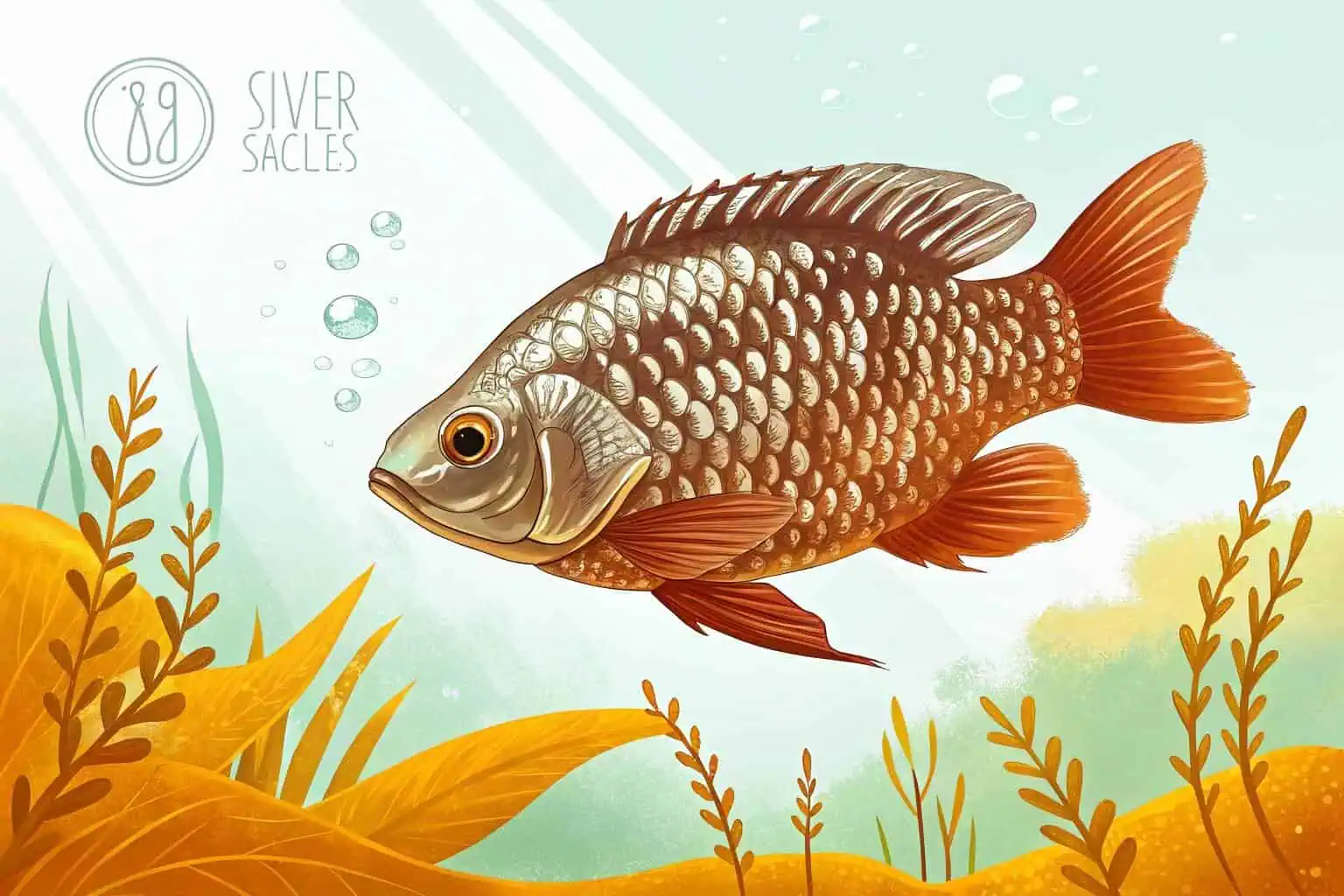
Based on my experience and observations in the aquaculture sector, selecting the right fish species is fundamental to success, especially in a specific environment like Zimbabwe. The choice impacts everything from feeding strategies7 to marketability8.
Why Tilapia Excels
Tilapia, particularly the Nile Tilapia9 variety, is incredibly well-suited to Zimbabwe's climate. They exhibit rapid growth rates, meaning farmers can achieve harvest size relatively quickly, leading to faster potential returns on investment. A key advantage, especially for those new to fish farming, is their hardiness. Tilapia can tolerate a range of water quality conditions, including lower dissolved oxygen levels, better than many other farmed species. This resilience reduces risks associated with minor fluctuations in pond management. Furthermore, their omnivorous feeding habits make them adaptable to various feed types, simplifying nutrition management. Crucially, Tilapia is a popular fish in the local Zimbabwean market, ensuring consistent demand from consumers. Its mild flavor and affordability make it widely accepted.
Other Potential Species
While Tilapia is often the top recommendation, the African Catfish (Clarias gariepinus) is another excellent candidate for fish farming in Zimbabwe10. Like Tilapia, it is known for its hardiness and rapid growth. Catfish can tolerate even lower oxygen levels due to their air-breathing ability and often command good market prices. Some farmers might also consider local bream species or even introduced species like trout in cooler, highland areas, though these often require more specific conditions or specialized knowledge. However, for most new entrants aiming for reliable production and market access in Zimbabwe, Tilapia11 and African Catfish generally present the most balanced and advantageous options. At Bancy, we supply tanks used successfully for raising both species, confirming their suitability. The final choice should align with your farm's specific conditions, available resources, and target market.
What size pond for 1000 fish?
Overcrowding fish stunts growth and causes disease. Worried about getting the pond size wrong? Let's figure out the right space for healthy fish growth.
For 1000 Tilapia, aiming for harvest size, a pond size of roughly 100 to 200 square meters is a common recommendation. This allows adequate space, though optimal density depends heavily on management practices like aeration and feeding.
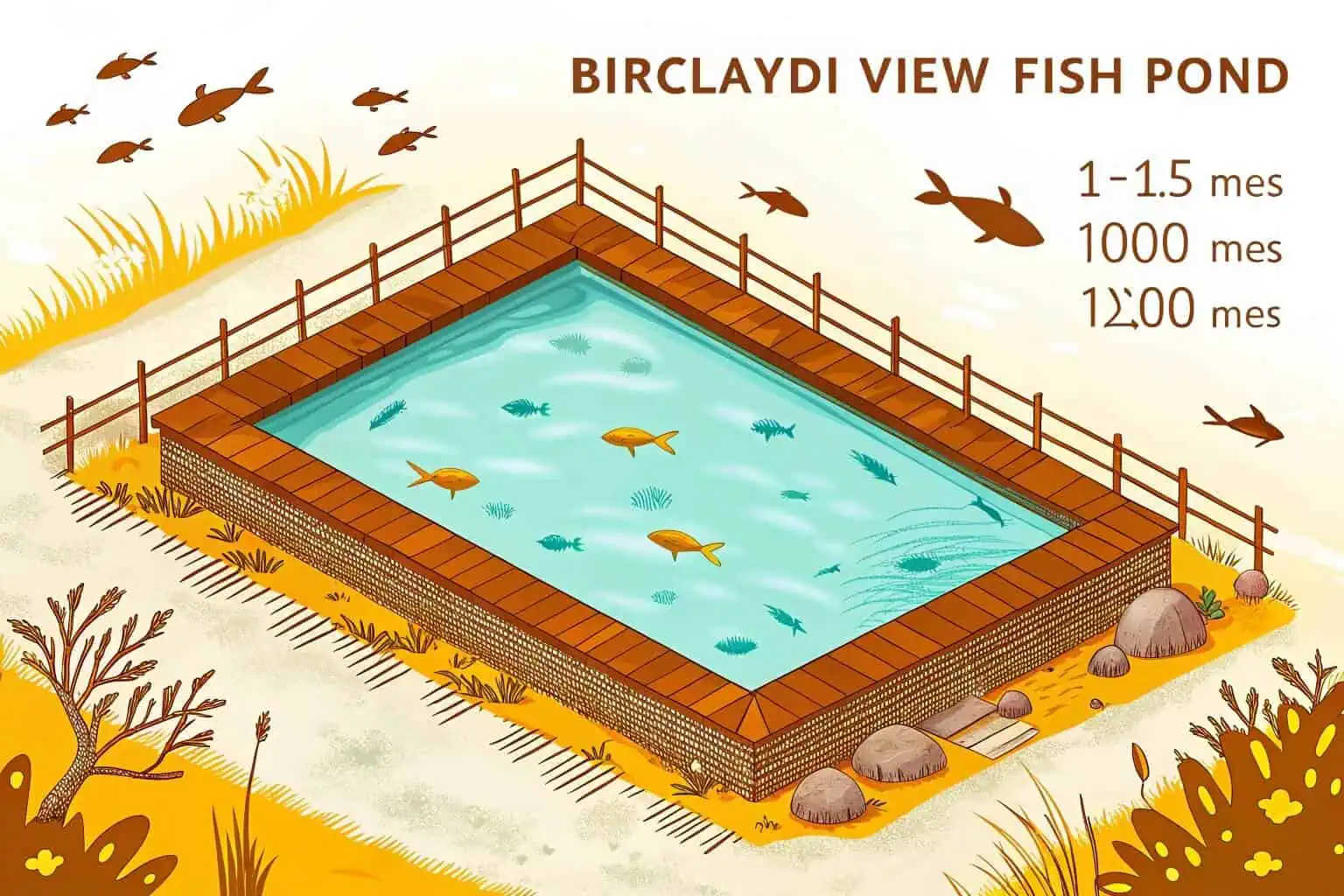
Determining the correct pond or tank size is crucial for maintaining fish health and maximizing growth potential. Getting this calculation right prevents many common problems farmers face.
Calculating Pond Space
The ideal size isn't solely about surface area; water volume and the intensity of your farming practices are equally important. Stocking density – the number of fish per unit of area or volume – is the critical factor. For Tilapia in semi-intensive systems (common for beginners and small-scale farmers), a standard guideline is to stock between 5 and 10 fish per square meter. Following this, to accommodate 1000 fish, you would perform the calculation: 1000 fish divided by (5 to 10 fish/m²) equals a required surface area of 100 to 200 square meters. A typical pond depth12 for Tilapia farming13 is between 1 and 1.5 meters. This depth ensures sufficient water volume for the fish and helps maintain stable water temperatures. Therefore, a 100-200 square meter pond with this depth would hold approximately 100,000 to 300,000 liters (100-300 cubic meters) of water.
Factors Influencing Density
It's possible to increase stocking density beyond the standard 5-10 fish/m², but this requires more intensive management. Higher densities demand excellent water quality control. This typically involves installing aeration systems (like paddlewheels or air blowers) to ensure sufficient dissolved oxygen, which fish need to breathe. More frequent water exchange or the use of filtration systems might also be necessary to remove waste products like ammonia. Feeding strategies also influence density; more fish require more feed and generate more waste. Less intensive, or 'extensive', systems with minimal inputs necessitate much lower stocking densities, meaning more space per fish. Using controlled environments like tanks – such as Bancy's collapsible fish tanks – can facilitate higher densities because water quality parameters are easier to manage. We offer tanks in various standard and custom sizes, allowing farmers to select dimensions that precisely match their stocking targets and management capabilities.
What is the most profitable type of fish farming?
Simply farming fish doesn't guarantee profit. Concerned about choosing a less lucrative approach? Let's explore which fish farming models tend to yield the best returns.
Generally, intensive Tilapia or Catfish farming focused on commercial markets offers high profit potential due to fast turnover and strong demand. Value-addition, like processing fish (smoking, filleting), can significantly boost profitability compared to just selling live fish.
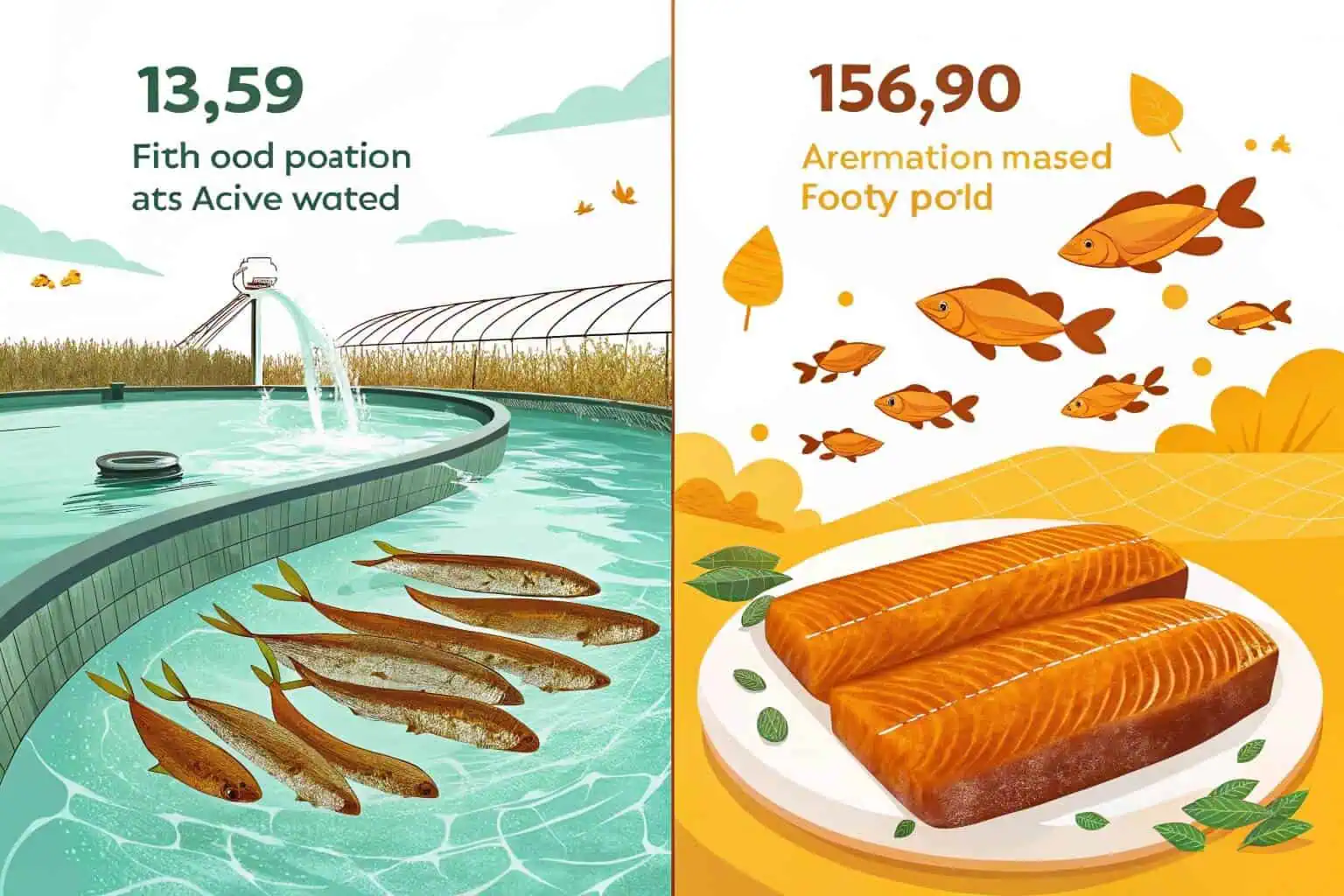
Profitability in fish farming isn't just about growing fish; it's about efficiency, market strategy, and sometimes, adding extra value before selling. Understanding these elements helps maximize returns.
Intensive Systems for Profit
Intensive fish farming involves raising fish at higher densities than traditional methods. This is often achieved using specialized systems like concrete raceways, recirculation aquaculture systems (RAS)14, or high-quality tanks. Because the environment is controlled (water quality, feeding, temperature), fish tend to grow faster and more uniformly. This allows for more frequent harvests throughout the year compared to extensive pond culture, which relies more on natural conditions. While the initial investment for intensive systems – requiring robust tanks (like the durable options Bancy provides), reliable aeration equipment, and potentially sophisticated filtration – is higher, the potential yield per cubic meter of water is significantly greater. This increased productivity, especially when farming commercially popular species like Tilapia and Catfish for urban or export markets, often leads to higher overall profitability despite the higher setup and operational costs. Efficient management is key to making intensive systems pay off.
Adding Value Increases Margins
Selling fish directly from the pond or tank often yields the lowest price. To increase profit margins, farmers should consider value addition15. This involves processing the fish16 before selling it. Simple value-adding steps include gutting and scaling the fish, which makes it more convenient for the end consumer. Further processing like filleting (removing bones), smoking, drying, or marinating can command significantly higher prices. These processed products appeal to different market segments, including restaurants, supermarkets, and busy households. Beyond processing, developing a strong brand identity and establishing direct sales channels can also boost profits. Selling directly to consumers, local eateries, or retailers cuts out intermediaries (wholesalers), allowing the farmer to retain a larger portion of the final sale price. Therefore, the most profitable approach often combines efficient, possibly intensive, production methods with smart marketing and value-added processing.
Conclusion
Starting a fish farm in Zimbabwe requires careful planning on costs, selecting the right fish like Tilapia, and sizing ponds correctly. Profitability often grows with intensive methods and adding value before sale.
-
Explore Bancy's innovative collapsible tanks that offer flexibility and cost-effectiveness for your fish farming needs. ↩
-
Discover various solutions that can simplify your fish farming setup while ensuring durability and efficiency. ↩
-
Understand the various cost factors involved in pond construction to make informed decisions for your fish farming project. ↩
-
Explore the advantages of using galvanized pipe tanks for sustainable fish farming, including durability and corrosion resistance. ↩
-
Learn about the innovative design and benefits of collapsible plastic tanks for efficient fish farming setups. ↩
-
Understanding operational costs is essential for effective budgeting and ensuring the sustainability of your aquaculture venture. ↩
-
Learn about optimal feeding strategies for Tilapia to maximize growth and profitability in your aquaculture operations. ↩
-
Understanding marketability can help you choose the right species and improve sales in the competitive aquaculture sector. ↩
-
Explore the advantages of Nile Tilapia farming, including growth rates and market demand, to enhance your aquaculture success. ↩
-
Discover best practices and insights into fish farming in Zimbabwe to enhance your farming techniques and profitability. ↩
-
Learn why Tilapia is favored in aquaculture, including its growth rate and market demand, to optimize your fish farming strategy. ↩
-
Discover the importance of pond depth in fish farming and how it affects water quality and fish health. ↩
-
Explore this link to learn effective techniques and tips for successful Tilapia farming, ensuring a healthy yield. ↩
-
Explore this link to understand how RAS can enhance fish farming efficiency and sustainability, leading to better yields. ↩
-
Learn about value addition techniques that can significantly boost your profit margins in fish farming. ↩
-
Discover effective fish processing methods that can elevate your product's market value and appeal to consumers. ↩